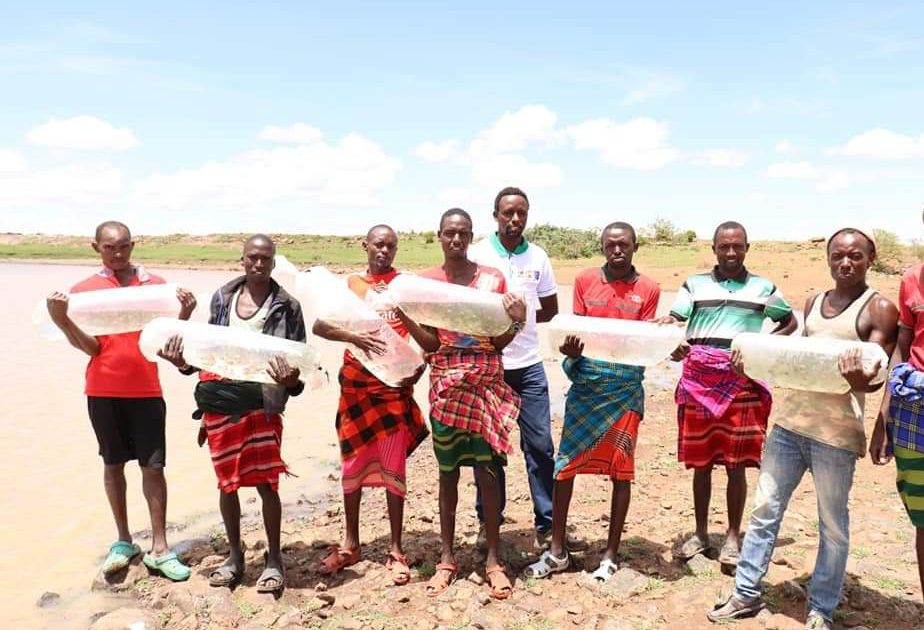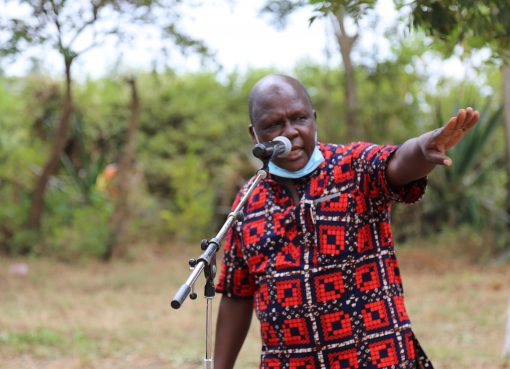Samburu County Department of Agriculture, Livestock and Fisheries has increased fish farming by distributing 28,571 fingerlings to six dams in Samburu West Sub- County.
Speaking during the exercise, County Executive Committee (CEC) Member for Agriculture, Benardict Lentimunai, said that the project aims at diversifying diet for the local residents, as well as developing resilience to threats caused by climate change and other factors such as insecurity.
“As a County we rely heavily on livestock both as a source of livelihood and food, and by intensifying fish farming, we will provide alternative sources of income for our youths while enhancing food security,” he said.
The CEC said that the tilapia and catfish fingerlings were distributed to Suen, Baawa, Nomotio, Lpetpet, Loosuk and Lmisigiyioi dams, all in Samburu West Sub- County since the area receives high rainfall compared to Samburu East and Samburu North.
He added that through civic education, the residents will be introduced to fish as an alternative source of protein, in a bid to sustainably reduce malnutrition in the County.
William Kairu, a proprietor of a fish eatery in Maralal town, welcomed the initiative to improve fish farming in Samburu since he incurs heavy transport cost while sourcing fish from Lake Naivasha.
Kairu noted that there is a ready market for local fish but it should meet the required standards, noting that most fish sourced from dams in Samburu are harvested and hawked in town while they are not mature.
“The youths living around the dam should be sensitised on the negative effects of overfishing and the County Government should also control fishing, to give the fish room for reproduction and maturity,” Kairu said.
He added that individual and small holder farmers with adequate water supply also received fingerlings and supplemental fish feeds, nets and pond liners.
The groups mostly comprised of Women and youth also benefited from training through fishing and cooking demonstrations.
By Robert Githu




